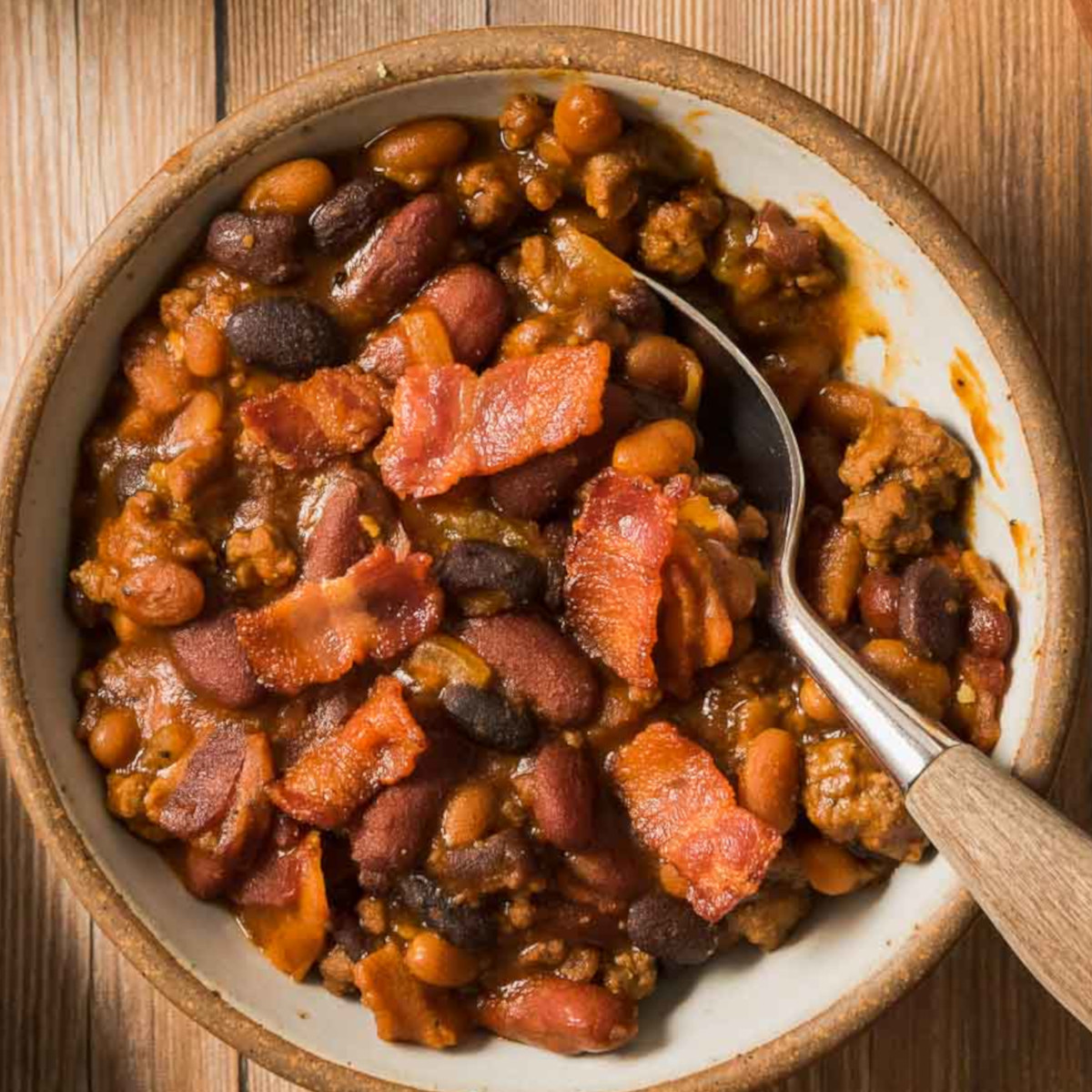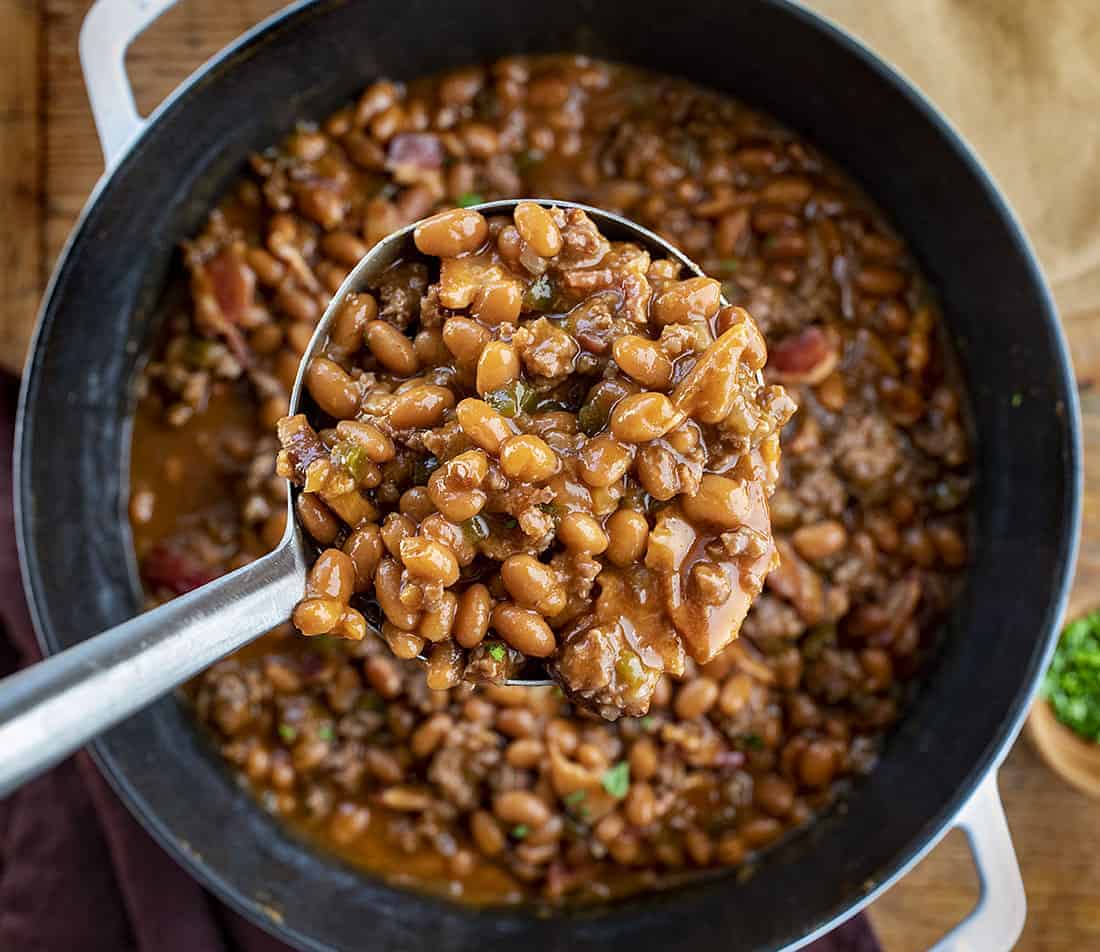Step into the world of cowboy food, a culinary tapestry woven from the rugged landscapes and rich traditions of the American West. From its humble origins to its enduring legacy, cowboy cuisine has shaped the cultural identity of this iconic region.
Rooted in Native American traditions and influenced by Mexican and Spanish flavors, cowboy food evolved to meet the practical needs of cattle drives and the challenges of the open range. Discover the essential ingredients, cooking methods, and cultural significance of this captivating cuisine.
History and Origins of Cowboy Food
Cowboy food has a rich and storied history, deeply rooted in the culinary traditions of Native Americans, Mexicans, and Spaniards. These influences, coupled with the practical demands of life on the open range, shaped the distinctive cuisine that cowboys have come to embody.
Native American Influences
Native American tribes, who had inhabited the Great Plains for centuries before the arrival of European settlers, had a profound impact on cowboy food. They taught cowboys how to hunt buffalo and other game, and introduced them to the use of wild herbs and berries for sustenance.
Mexican and Spanish Influences
As cowboys moved westward into the territories of Mexico and Spain, they encountered new culinary influences that would further shape their cuisine. From the Mexicans, they adopted the use of chili peppers, corn tortillas, and beans, while the Spanish introduced them to beef, cheese, and wheat flour.
Practical Considerations
The development of cowboy food was also heavily influenced by the practical demands of life on the open range. Cowboys needed food that was portable, easy to prepare, and could provide sustained energy during long cattle drives. This led to the prevalence of dried meats, beans, and other non-perishable items.
Ingredients and Staples of Cowboy Food

Cowboy cooking was a blend of necessity and resourcefulness, using ingredients that were readily available on the open range. These ingredients formed the foundation of the cowboy diet, providing sustenance and nourishment during long cattle drives and solitary days on the trail.
Primary Ingredients
- Beef: Beef was the cornerstone of the cowboy diet, providing a rich source of protein and calories. Cowboys typically ate beef in various forms, including steaks, roasts, and jerky.
- Beans: Beans were another essential staple, offering a hearty and filling meal. Cowboys often cooked beans with salt pork or bacon for added flavor and sustenance.
- Cornbread: Cornbread was a staple side dish, providing carbohydrates and a comforting taste of home on the trail. Cowboys often cooked cornbread in Dutch ovens over open fires.
- Flour: Flour was a versatile ingredient used for making bread, biscuits, and tortillas. Cowboys carried flour in their saddlebags to make fresh bread when needed.
- Sugar: Sugar was a luxury item, used sparingly to sweeten coffee or tea. Cowboys often traded for sugar at trading posts or general stores.
Dried and Preserved Foods
Due to the lack of refrigeration on the trail, cowboys relied on dried and preserved foods to prevent spoilage. These foods included:
- Jerky: Jerky was made by cutting beef into thin strips and drying it in the sun or over a fire. It was a portable and nutritious snack that could be stored for extended periods.
- Pemmican: Pemmican was a high-calorie food made from dried buffalo meat, fat, and berries. It was a staple food for Native American tribes and was adopted by cowboys as a compact and energy-dense trail food.
Traditional Cowboy Cooking Methods

Cowboys, often working in remote and rugged environments, developed unique cooking techniques to meet their needs. These methods, passed down through generations, showcase the resourcefulness and adaptability of cowboys.
Open-Fire Grilling
Cowboys often cooked over open fires, using simple tools like Dutch ovens or cast iron skillets. They grilled meats, such as beef, venison, or wild game, directly over the flames, imparting a smoky flavor and creating a crispy exterior.
Dutch Oven Cooking
Dutch ovens were essential cookware for cowboys. These versatile cast-iron pots allowed them to cook a variety of dishes, including stews, beans, and breads. The heavy construction of Dutch ovens retained heat well, making them ideal for slow-cooking over coals or embers.
Chuckwagon Methods, Cowboy food
Chuckwagons, mobile kitchens that followed cattle drives, played a crucial role in feeding cowboys. Chuckwagon cooks prepared large meals using a variety of methods, including grilling, boiling, and frying. They often cooked in large pots or skillets, serving hearty dishes like chili, beans, and beef stew.
Cultural Significance of Cowboy Food

Cowboy food played a pivotal role in shaping the cultural identity of the American West. It reflected the values of self-reliance, community, and rugged individualism that characterized the cowboy lifestyle.
Chuckwagon dinners and campfires were central to cowboy culture. These gatherings provided a space for cowboys to share stories, sing songs, and bond over a hearty meal. The food they ate symbolized their resilience and camaraderie in the face of adversity.
Self-Reliance and Resourcefulness
Cowboy food was often simple and easy to prepare, reflecting the cowboys’ need to be self-sufficient. They relied on basic ingredients like beans, flour, and beef, which could be easily obtained and cooked over an open fire.
Community and Camaraderie
Chuckwagon dinners were a communal experience where cowboys gathered around a shared meal. These gatherings fostered a sense of community and belonging, as cowboys shared stories and supported each other.
Rugged Individualism
Cowboy food embodied the rugged individualism of the cowboy lifestyle. Cowboys were often solitary figures who relied on their own skills and knowledge to survive. The simple and hearty meals they ate reflected their independence and self-reliance.
Cowboy Food in Modern Cuisine
Cowboy food continues to exert a significant influence on contemporary American cuisine. The simplicity, hearty flavors, and rustic charm of cowboy dishes have found a receptive audience in modern diners.
Cowboy-inspired dishes are now staples on menus at many restaurants, from casual diners to upscale steakhouses. Home cooks also enjoy recreating cowboy classics, adding their own personal touches to the traditional recipes.
Modern Interpretations
Modern chefs have reimagined classic cowboy dishes, using innovative techniques and upscale ingredients to create new and exciting culinary experiences.
- Upscale Steakhouses:High-end steakhouses offer premium cuts of beef, cooked to perfection and served with sophisticated sauces and sides.
- Fusion Cuisine:Chefs are blending cowboy flavors with international influences, creating dishes like Tex-Mex tacos and Asian-inspired stir-fries with a cowboy twist.
- Molecular Gastronomy:Some chefs are using molecular gastronomy techniques to create modern interpretations of cowboy food, such as spherified beans and dehydrated jerky.
Helpful Answers
What are the key ingredients of cowboy food?
Beef, beans, cornbread, and dried or preserved foods like jerky and pemmican were staples of the cowboy diet.
How did cowboys cook their food?
Cowboys used open-fire grilling, Dutch oven cooking, and chuckwagon methods to prepare their meals in remote and rugged environments.
What is the cultural significance of cowboy food?
Cowboy food reflects the values of self-reliance, community, and rugged individualism, and played a central role in social gatherings and campfires.
